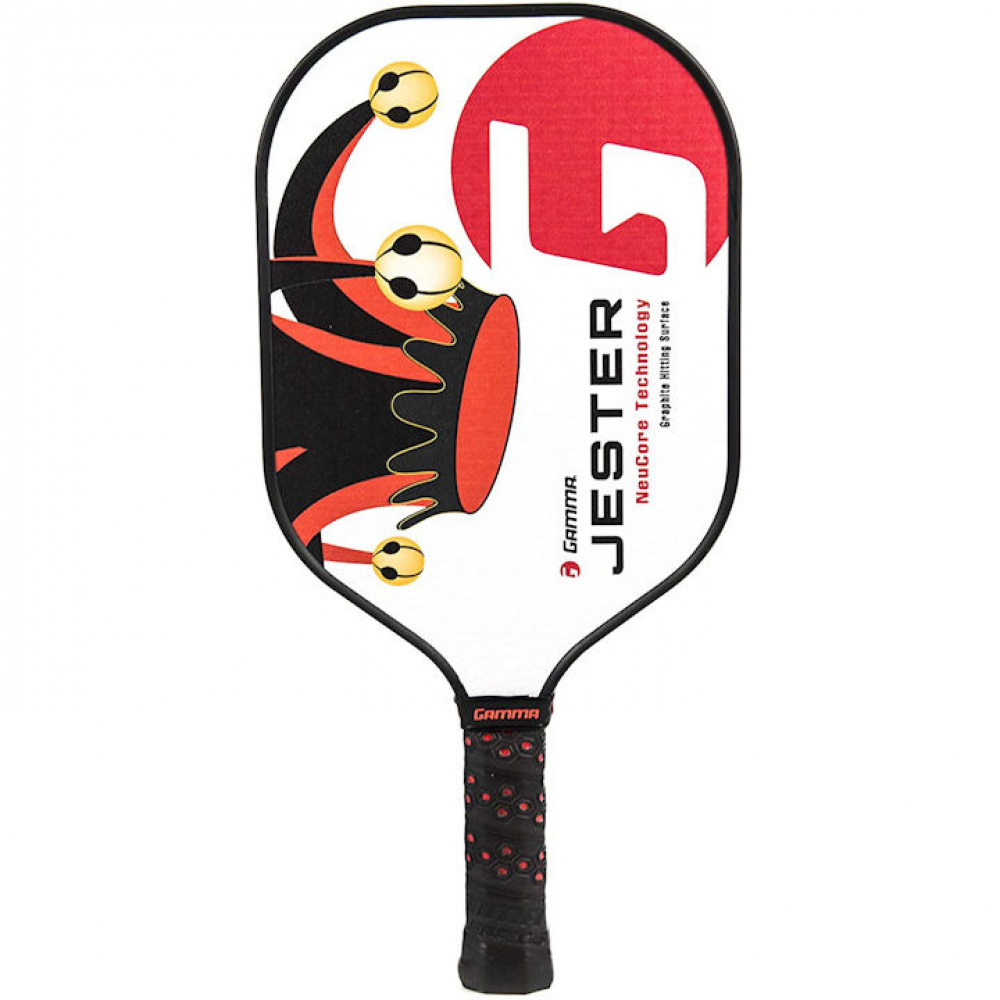

On the tactical and technical front, think of the wind as similar to driving on a rainy day: attentive and deliberate.īut the bigger challenge is in your mind.

Overheads demand excessive attention-everything from footwork to watching the ball even closer than usual. The last thing you want to do is be in attacking position and hit the ball wide. Don’t retreat, but maybe it’s best to come in well aware of which way the wind is blowing and seek to aim serves, approach shots and volleys accordingly. Perhaps it’s best to find your own comfortable mix. Then again, a baseliner who also won Grand Slam titles thinks threading the needle with passing shots on a windy day is no picnic. Should you charge the net or volley on a windy day? A former Wimbledon champion who’s a great volleyer told me that because playing in the wind makes it extremely difficult to volley with precision-be it short, angled, or soft-a net rusher can become a sitting duck. Lobs are also valuable on windy days, but of course, it’s critical to gauge the direction of the wind, be it behind you (tricky), against you (delightful), or, more complicated, those uncertain crosswinds.Īs for the serve, a bit more deliberation before starting the motion will come in handy-otherwise you might just toss the ball and direct it into oblivion. On the other hand, against the wind, a well-struck drop shot can work magic so long as you don’t flirt with the sideline. With the wind at your back, a bit more topspin helps control the ball-and you should rarely drop shot from this position. In other words, think of the court more like a bowling alley than a big rectangle. It’s also best to think less about angles and clever spins and instead focus on hitting deep and flat, aiming only slightly crosscourt rather than sharply to the corners. Since the ball will take many last-minute twists, it’s wise to put even more emphasis on aggressive footwork, and employ those little adjustment steps prior to contact. Along with attitude come practical aspects. But consider: do basketball players apologize for the artistic quality of a tip-in? Since when is tennis judged like gymnastics or figure skating?Īnd so, knowing that my opponents’ discomfort, I opted to embrace the wind. Then, along comes the wind to turn everything ugly. There is often some expectation of an aesthetically appealing experience. Vanity is mere illusion, a form of false pride quite prevalent in tennis. It’s an intruder, a third party raising major questions: Who is willing to acknowledge that tennis in the wind is less a matter of perceived beauty-as if that should matter in any form of non-judged athletic competition-and more about simply being effective? In other words, who is most willing to shed vanity and clearly stare face-to-face with reality? That’s when I began to see how competing in the wind was a function of the power of the mind. Since the wind was concurrently affecting both players, wouldn’t each theoretically be hindered by the same degree? “The wind is an equalizer,” the phrase went. It was easy to disparage the wind, to cite its presence as an excuse for poor play, as much a hindrance as a tweaked calf, stress from schoolwork or vexing family matters. Points will be earned, but rarely with particularly scintillating placements that close out crisp exchanges.Īs a teenager, I competed often in Santa Monica, a Southern California town just off the Pacific Ocean. Few moments in life are better than a warm day, two crosscourt groundstrokes, an approach shot and a clipped volley winner. Because you believe that life is hard enough and your sacred tennis party should not be crashed by this chaotic jester who pokes fun at your desire to get warm, work up a sweat and exit the court feeling good about those many smooth shots you love to hit. Because you like to think that the ball should go where you aim it. Because you hold the belief that you are entitled to rhythm and flow. We’ll never get a rhythm.” Player B said nothing. “Oh no,” said player A, “these are just terrible conditions. But three hours later, as the two men entered Court 3 at their local club, the wind had picked up considerably-not quite gale force, but enough for the flag to twist and snap against the pole in various directions. In the morning the breeze was gentle, just enough to blunt the heat of a hot summer day.


 0 kommentar(er)
0 kommentar(er)
